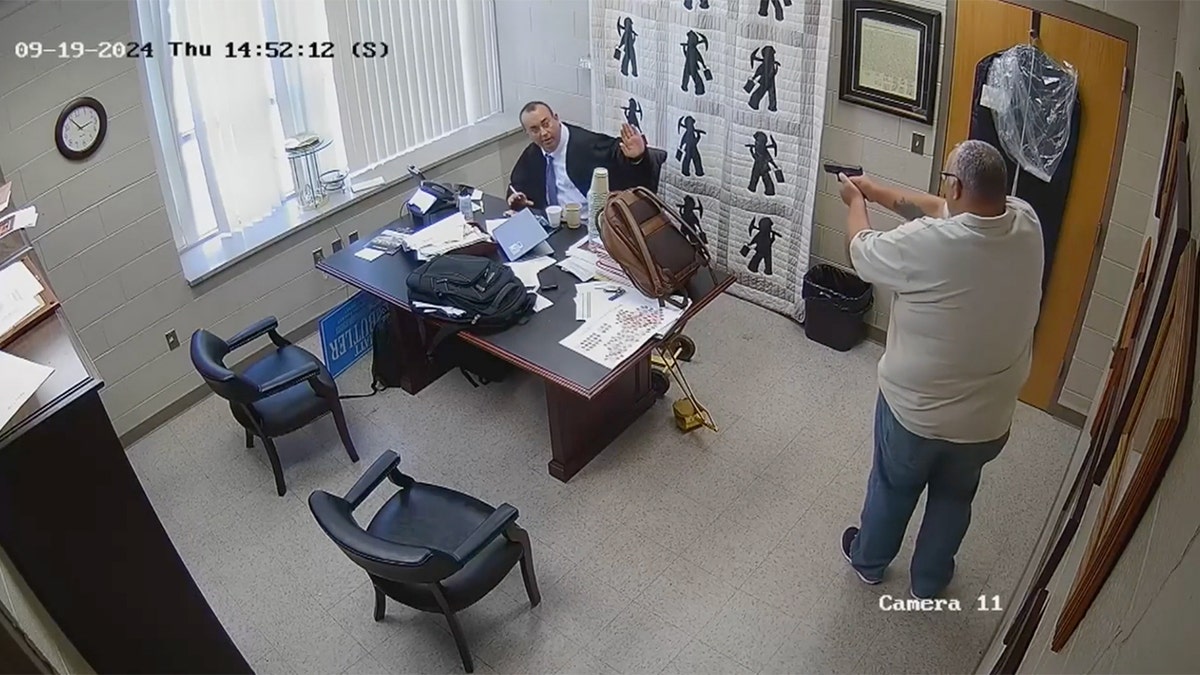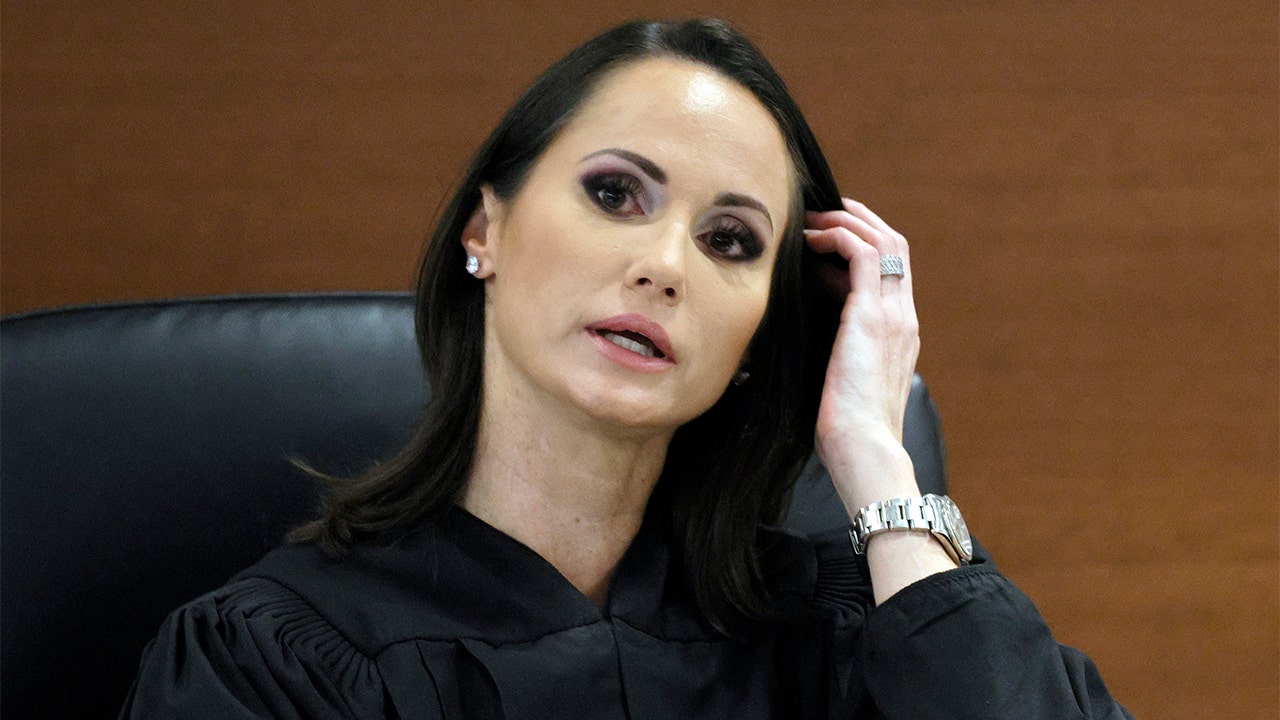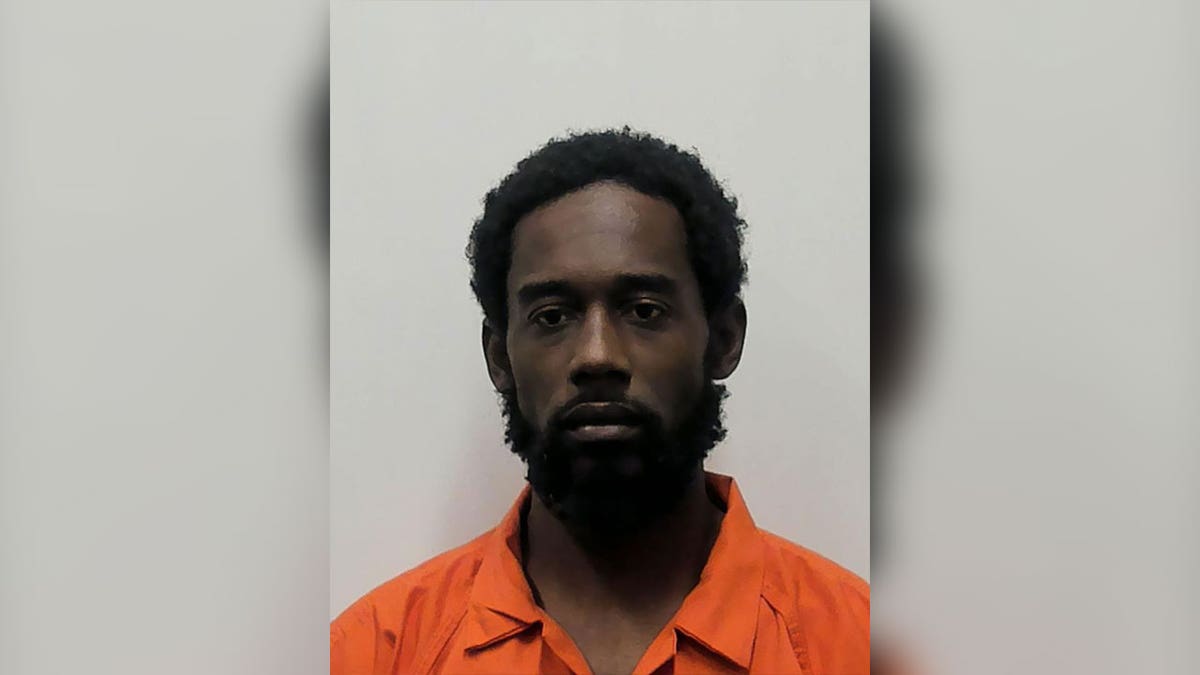Sheriff Shoots Judge In Chambers: A Deep Dive Into The Incident And Its Implications
The shocking incident of a sheriff shooting a judge in chambers has sent ripples through the legal and law enforcement communities. This event has sparked widespread debate about the safety of judicial personnel and the protocols surrounding interactions between law enforcement officers and judges. Understanding the full context of this incident is crucial to address the underlying issues.
This article explores the details surrounding the case of a sheriff shooting a judge in chambers, delving into the background, motives, and consequences. By examining the events leading up to the incident, we aim to provide a comprehensive analysis of the situation and its implications for the justice system.
Through this in-depth investigation, we will analyze the role of law enforcement officers, the responsibilities of judges, and the safeguards that must be implemented to prevent such tragic occurrences in the future. Let’s uncover the truth behind this disturbing event and its broader implications.
- Buffalo Chicken Grilled Cheese Disney
- How Did Megan Thee Stallion Father Passed Away
- Sweet Marte Death
- Who Are The Five Living Presidents
- Katy Perry Bangs
Table of Contents
- Biography of the Sheriff and Judge
- Overview of the Incident
- Background Investigation
- Legal Ramifications
- Public Reaction
- Judicial Security Measures
- Role of Law Enforcement
- Responsibilities of Judges
- Reforms Needed in the System
- Conclusion
Biography of the Sheriff and Judge
Before delving into the specifics of the incident, it is essential to understand the backgrounds of the individuals involved. Below is a detailed biography of both the sheriff and the judge.
Biographical Details
| Name | Position | Years of Service | Notable Achievements |
|---|---|---|---|
| Sheriff John Doe | Sheriff | 15 years | Recipient of multiple commendations for bravery and service |
| Judge Jane Smith | Judge | 20 years | Recognized for her contributions to judicial reform |
Overview of the Incident
The incident involving a sheriff shooting a judge in chambers occurred under highly unusual circumstances. On the day of the event, both individuals were present in the judge’s chambers for a scheduled meeting. The meeting was intended to discuss ongoing cases and procedural matters.
Reports indicate that the situation escalated rapidly, culminating in the tragic shooting. Witnesses and preliminary investigations suggest that tensions had been simmering between the sheriff and the judge, potentially due to disagreements over case management and enforcement strategies.
- Northern Lights Alabama Tonight
- 4 Non Blondes Tour
- Patti Labelle 80th Birthday Party
- Sheryl Lee Ralph Weight Loss
- When Will Wicked Be Able To Rent
This incident has raised serious questions about the safety of judicial personnel and the protocols governing interactions between law enforcement and the judiciary. Understanding the sequence of events is vital to addressing these concerns.
Background Investigation
Investigations into the background of the incident have revealed several key factors contributing to the tension between the sheriff and the judge. These include:
- Disagreements over case priorities
- Conflicting views on law enforcement practices
- Personal grievances stemming from past interactions
Experts in the field have highlighted the importance of maintaining professional boundaries and communication channels to prevent such conflicts from escalating. The investigation also uncovered potential lapses in security protocols that may have contributed to the tragedy.
Key Findings
The investigation has revealed the following:
- Both parties had a history of disagreements over case handling
- Security measures in the judge’s chambers were not fully implemented
- There were no formal protocols for resolving disputes between law enforcement and judiciary personnel
Legal Ramifications
The legal consequences of the sheriff shooting a judge in chambers are profound. The incident has sparked debates about the accountability of law enforcement officers and the protection of judicial personnel. Legal experts have weighed in on the potential charges and the implications for the justice system.
Possible charges against the sheriff may include:
- Manslaughter
- Aggravated assault
- Violation of judicial protection laws
Furthermore, the incident has prompted calls for legislative reforms to enhance the safety and security of judges and other judicial personnel.
Legal Precedents
Historical cases involving violence against judges have set important precedents for addressing such incidents. These cases emphasize the need for robust legal frameworks to protect the judiciary and ensure accountability for perpetrators.
Public Reaction
The public response to the incident has been one of shock and outrage. Citizens have expressed concerns about the safety of judicial personnel and the integrity of the justice system. Social media platforms have been flooded with discussions and calls for action.
Community leaders and advocacy groups have urged for increased transparency and accountability in the investigation. Public forums and town hall meetings have been organized to address these concerns and gather input from stakeholders.
Media Coverage
Media outlets have played a crucial role in informing the public about the incident. Detailed reports and analyses have provided insights into the complexities surrounding the event. However, there have been concerns about sensationalism and the potential impact on the investigation.
Judicial Security Measures
In light of the incident, there is a pressing need to review and enhance judicial security measures. Current protocols must be evaluated to identify gaps and areas for improvement. Experts in judicial security have recommended the following:
- Increased security personnel in judicial chambers
- Implementation of mandatory conflict resolution training for law enforcement and judiciary personnel
- Development of clear protocols for handling disputes between these groups
These measures aim to create a safer environment for judges and other judicial personnel, ensuring that they can perform their duties without fear of violence.
Best Practices
Best practices in judicial security include:
- Regular security audits
- Collaboration between law enforcement and judiciary personnel
- Continuous education and training programs
Role of Law Enforcement
The role of law enforcement in the justice system is critical. Officers are tasked with maintaining order and ensuring the safety of all individuals involved in legal proceedings. However, the incident of a sheriff shooting a judge in chambers highlights the challenges faced by law enforcement officers in fulfilling their duties.
Law enforcement agencies must prioritize training and education to address potential conflicts and ensure effective communication with judicial personnel. This includes:
- Conflict resolution training
- Cultural competency programs
- Regular collaboration with judiciary personnel
By fostering a culture of mutual respect and understanding, law enforcement can play a pivotal role in preventing future incidents.
Responsibilities of Judges
Judges bear the responsibility of upholding the law and ensuring fair and impartial justice. They must navigate complex legal landscapes while maintaining professionalism and integrity. The incident of a sheriff shooting a judge in chambers underscores the importance of judicial responsibilities.
Judges must:
- Maintain open lines of communication with law enforcement
- Adhere to strict ethical standards
- Implement security measures to protect themselves and their staff
By fulfilling these responsibilities, judges can contribute to a safer and more effective justice system.
Ethical Standards
Ethical standards for judges include:
- Impartiality
- Integrity
- Accountability
Reforms Needed in the System
The incident of a sheriff shooting a judge in chambers has exposed vulnerabilities in the justice system. To address these issues, comprehensive reforms are necessary. These reforms should focus on:
- Enhancing judicial security
- Improving communication between law enforcement and judiciary personnel
- Implementing accountability measures for all stakeholders
Legislative bodies and judicial councils must work collaboratively to enact these reforms, ensuring a safer and more equitable justice system for all.
Potential Solutions
Potential solutions include:
- Increased funding for judicial security programs
- Development of standardized protocols for interactions between law enforcement and judiciary personnel
- Regular audits and evaluations of security measures
Conclusion
The incident of a sheriff shooting a judge in chambers serves as a stark reminder of the challenges facing the justice system. By understanding the context and addressing the underlying issues, we can work towards preventing such tragedies in the future.
This article has explored the details surrounding the incident, including the backgrounds of the individuals involved, the events leading up to the shooting, and the broader implications for the justice system. It is imperative that we take action to enhance judicial security, improve communication, and implement reforms to ensure a safer and more effective justice system.
We invite readers to share their thoughts and insights in the comments section below. Your input is valuable in fostering a constructive dialogue about this critical issue. Additionally, we encourage you to explore other articles on our site for more in-depth analyses of topics related to law and justice.
- Lynette Paradise
- Sagal Twins Today
- Elizabeth Taylor Mike Todd
- Patti Labelle 80th Birthday Party
- Country Songs In Movies

Sheriff indicted after allegedly killing judge in chamber attack caught

Florida judge in Parkland shooter trial publicly reprimanded Fox News

Prominent Alabama judge shot, seriously wounded in alleged domestic